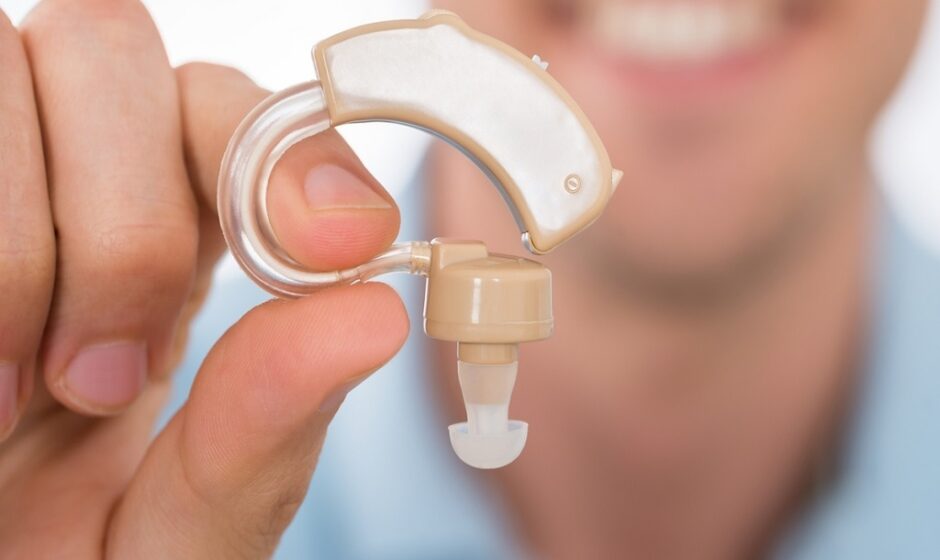Hearing aids, unfortunately, cannot restore normal hearing. But they can improve hearing by amplifying sounds that the wearer has trouble hearing. That said, for a hearing aid to really benefit the wearer, it’s important that they choose the right type. Here are all the different types of hearing aids and the conditions they work best in.
Completely-In-The-Canal Hearing Aids
A completely-in-the-canal hearing aid is essentially molded in order to fit inside the ear canal. It’s usually an option only if one has mild to moderate hearing loss and wants a small, discreet device. These devices are typically not recommended for people with severe hearing loss or those who have trouble with dexterity, such as people with arthritis or nerve damage. They may be too difficult to use or uncomfortable to wear over time because they’re inserted into the ear canal instead of sitting on its surface like a traditional behind-the-ear device.
In-The-Canal Hearing Aids
An in-the-canal (ITC) hearing aid is molded, so it fits partly in the wearer’s ear canal. The hearing aid’s receiver, microphone, and battery are housed in a custom shell. The sound processor receives sound through the microphone, which converts it into digital signals that are processed by the microprocessor before being amplified and sent to the receiver in the ear canal. In-the-canal hearing aids have smaller batteries than other styles of hearing aids, so they may last longer between recharges or battery changes. In-the-canal hearing aids are also less visible than traditional behind-the-ear or implantable devices.
In-The-Ear Hearing Aids
An ITE hearing aid can be used by people with a mild to moderate degree of hearing loss, especially those with conductive or mixed hearing loss. The benefit of this type of hearing aid is that it’s visible only to the wearer and others who know about it. It’s also convenient because it doesn’t require any special care or maintenance other than replacing the batteries once every few months.
Behind-The-Ear Hearing Aids
A behind-the-ear (BTE) hearing aid essentially hooks over the top of the ear and the body of the device rests behind the ear. BTEs are, at present, the most common type of hearing aid. But some people find them uncomfortable because they sit on top of the ear, but others find them a lot more easy to use and comfortable than other types of hearing aids.



